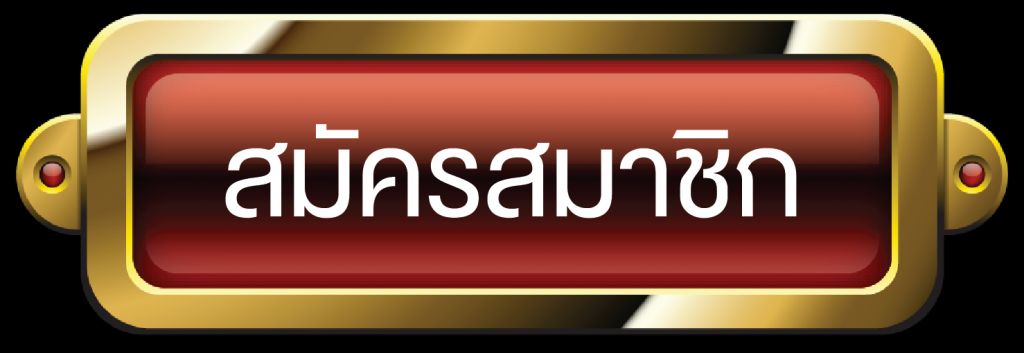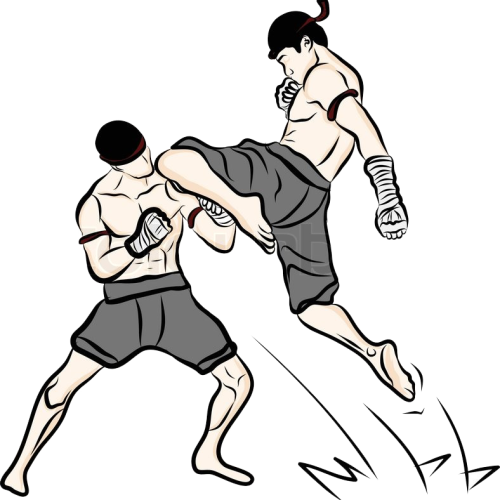What Are The Human Rights and Entitlements LAWS com
Human rights are drawn from various cultures, religions and philosophies from around the world over many centuries. Human rights protect everyone equally without discrimination according to race, sex, religion, political opinion or other status. Instrumental theories differ over how they define what counts as anoptimal distribution (maximization, equality, etc.).
Modern human rights theory avoids such generalizations about early human society, but proceeds to the similar conclusion that certain rights are innately due to all people. While many countries have laws and provisions protecting human rights, violations still occur frequently around the world. These violations can take many forms, such as discrimination, torture, and arbitrary detention. UNDP supports the UN Guiding Principles on Business and Human Rights, guiding businesses and governments to protect workers, communities, and the environment, and helping create economies that respect human rights. Nothing in this Declaration may be interpreted as implying for any State, group, or person any right to engage in any activity or to perform any act aimed at the destruction of any of the rights and freedoms set forth herein.
Judicial Review: The Hidden Power Shaping Our Democracy’s Future
A right against assault is a classicexample of a negative right, while a right to welfare assistance is aprototypical positive right (Narveson 2001). In the figure, the “first-order” rights are your legalrights directly over your property—in this case, yourcomputer. The claim correlates to a duty in every other person not touse your computer. Powers can alter not only “first-order” privileges andclaims, but “second-order” incidents as well (Sumner 1987,31).
.jpeg)
Funding a legal system that enforces citizens’ negativerights against assault may require more resources than funding awelfare system that realizes citizens’ positive rights toassistance. As Holmes and Sunstein (1999, 43) put it, in the contextof citizens’ rights to state enforcement, all rights arepositive. Moreover, the point is often made that the moral urgency ofsecuring positive rights may be just as great as the moral urgency ofsecuring negative rights (Shue 1996). Whatever is the justificatorybasis for ascribing rights—autonomy, need, or somethingelse—there might be just as strong a moral case for fulfilling aperson’s right to adequate nutrition as there is for protecting thatperson’s right not to be assaulted.
.jpeg)
Everyone charged with a penal offense has the right to be presumed innocent until proved guilty according to the law in a public trial at which he has had all the guarantees necessary for his defense. No one shall be held guilty of any penal offense on account of any act or omission which did not constitute a penal offense, under national or international law, at the time when it was committed. The UDHR also shows us that human rights are interdependent and indivisible.
Adoption
All are equal before the law and are entitled without any discrimination to equal protection of the law. All are entitled to equal protection against any discrimination in violation and against any incitement to such discrimination. They are endowed with reason and conscience and should act towards one another in a spirit of brotherhood. The United Nations recognizes 30 basic human rights that every person has at all times, regardless of their country or background. Human rights are standards that recognize and protect the dignity of all human beings. Human rights govern how individual human beings live in society and with each other, as well as their relationship with the State and the obligations that the State have towards them.
We have made progress in bringing new investments to communities that have too often been left behind and in expanding accessibility for people with disabilities. And we have worked to advance technology in support of democracy and internet freedom, while leading important efforts to stop the expansion and misuse of commercial spyware, which has enabled human rights abuses around the world. Communitarians (Taylor, Walzer, MacIntyre, Sandel) sound several ofthe same themes in their criticisms of contemporary liberal andlibertarian theories. Nor should we attempt, as in Rawls’s originalposition, to base an argument for rights on what individuals wouldchoose in abstraction from their particular identities and communityattachments.
The passiveincidents—the claim and the immunity—often entitle theirholders to freedom from undesirable actions or states. Analysis reveals that most familiar rights, such as the right to freeexpression or the right of private property, have a complex internalstructure. Such rights are ordered arrangements of basic components,much in the same way that most molecules are ordered arrangements ofchemical elements. The four basic components of rights are known as“the Hohfeldian incidents” after Wesley Hohfeld(1879–1918), the American legal theorist who discoveredthem. These four basic “elements” are the privilege, theclaim, the power, and the immunity. Each of these Hohfeldian incidentshas a distinctive logical form, and the incidents fit together incharacteristic ways to create complex “molecular”rights.
After the Second World War, the founding countries of the United Nations adopted the Universal Declaration of Human Rights in 1948, which set out the fundamental rights of all people and declared them a common standard of achievement for all nations. Since then more than two dozen global treaties, as well as many regional agreements, have provided a legal foundation for human rights ideals. When a government ratifies one of these treaties, it takes on legal obligations to uphold human rights. Human rights are the basic rights and freedoms to which everyone is entitled on the basis of their common humanity. They include civil and political rights, as well as economic, social, and cultural rights. Quinn contrasts his status approach to rights with one that ascribesrights “because such an arrangement best promotes overall humanwelfare.” His target is consequentialist theories of rights, theparadigm of which are utilitarian theories.
For Mill, as for other instrumental theorists, rights are atool for producing an optimal distribution of interests across somegroup. Whether civil, political, economic, social or cultural in nature, they are all inherent to the dignity of every human person. The Universal Declaration of Human Rights (UDHR) is a document that acts like a global road map for freedom and equality – protecting the rights of every individual, everywhere. It was the first time countries agreed on the freedoms and rights that deserve universal protection in order for every individual to live their lives freely, equally thelinecanada.com and in dignity.








